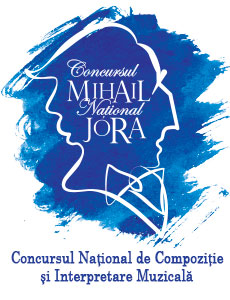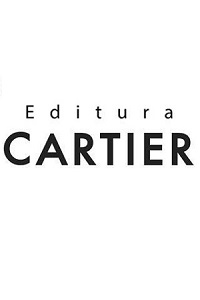The story of Deutsche Grammophon goes back as far as the birth of recording itself. In June 1898, the company is founded in Hanover along with the first record and gramophone manufacturing works. Its directors are Emile Berliner – the Hanover-born American inventor of both the disc and the player – and his brother Joseph. Their factory uses American-made hydraulic presses to produce shellac discs for the Gramophone Company, established earlier that year in London by Emile’s associate William Barry Owen, with recordings supervised by Emile’s American associate Fred Gaisberg. By 1900, when the Deutsche Grammophon Gesellschaft becomes a joint-stock company with headquarters in Berlin, Berliner’s disc has eclipsed Edison’s cylinder as the industry standard, and Gaisberg is busy acquiring respectability for the new medium by signing up famous artists. Enrico Caruso makes his first recording for the Gramophone Company in Milan in 1902. Among others following suit are Mattia Battistini, Emma Calvé, Alessandro Moreschi (the last castrato), Antonio Scotti, Leo Slezak, Francesco Tamagno (Verdi’s first Otello), Geraldine Farrar, Mary Garden, and Elena Gerhardt. The Russian bass Feodor Chaliapin becomes the first singer whose reputation is actually established by the gramophone. In 1904, the company finally succeeds in persuading the great Nellie Melba to record for it, and a year later Gaisberg brings his recording team and equipment to the Welsh castle of Adelina Patti – after Melba the world’s biggest opera star. Deutsche Grammophon is soon appointed purveyor to the British and Spanish royal households, thereby acquiring the ultimate seal of approval. By 1907 its Hanover…
Cele mai importante site-uri cu si despre arte si cultura din lume
Site-uri culturale (5177)
Site-ul de tip wiki contine o biblioteca virtuala de partituri muzical...




















